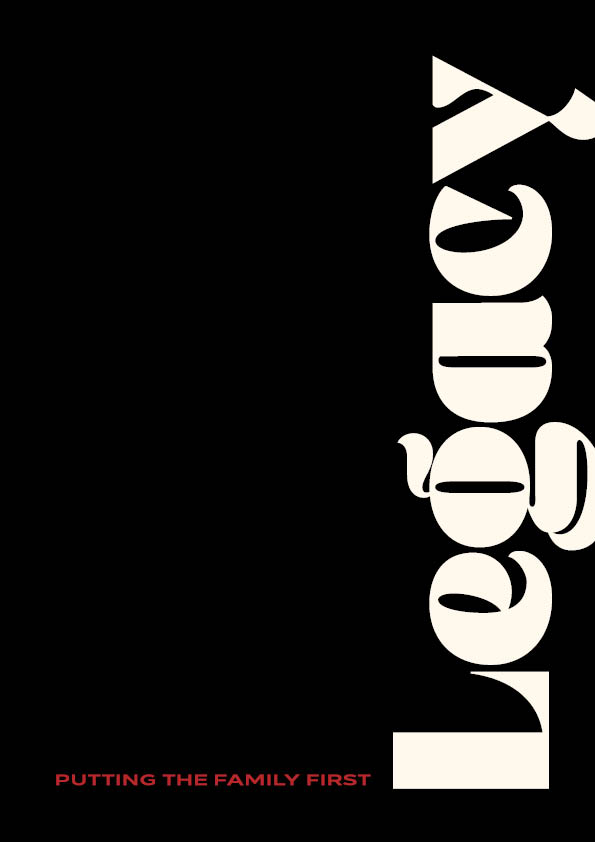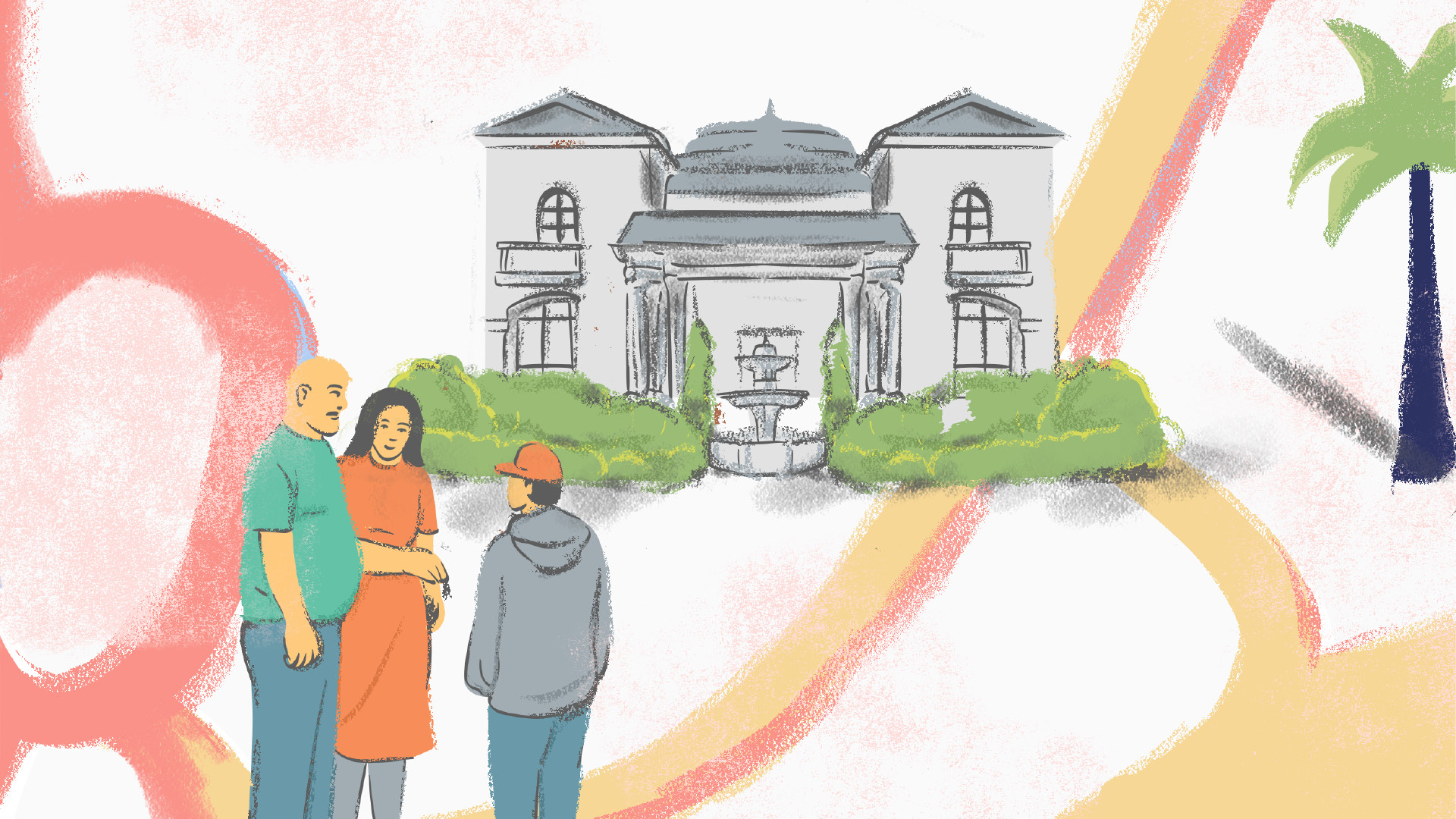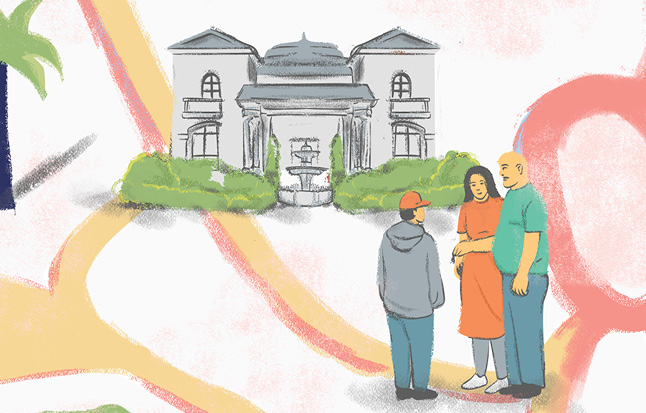- Arbitration
- Banking & Finance
- Capital Markets
- Commercial
- Competition
- Construction & Infrastructure
- Corporate / Mergers & Acquisitions
- Corporate Services
- Corporate Structuring
- Digital & Data
- Dispute Resolution
- Employment & Incentives
- Family Business & Private Wealth
- Innovation, Patents & Industrial Property (3IP)
- Insurance
Find a Lawyer
Book an appointment with us, or search the directory to find the right lawyer for you directly through the app.
Find out more
Legacy: Putting the Family First
This comprehensive guide is designed to help you navigate the intricate landscape of family business and private wealth in the Middle East, where family businesses constitute approximately 60% of GDP and employ 80% of the workforce in the GCC, offering unparalleled opportunities for wealth creation and preservation.
Packed with insights, strategies, and expert advice from our talented lawyers, Legacy provides tailored solutions to the unique challenges of asset protection, succession planning, and dispute resolution in this dynamic region.Read the publication and equip yourself with the knowledge and tools necessary to thrive, whether you’re a seasoned investor, a family business owner, part of the next generation, or a newcomer exploring opportunities in the region.
Read Now
The leading law firm in the Middle East & North Africa region.
A complete spectrum of legal services across jurisdictions in the Middle East & North Africa.
-
Practices
- All Practices
- Banking & Finance
- Capital Markets
- Commercial
- Competition
- Construction & Infrastructure
- Corporate / Mergers & Acquisitions
- Corporate Services
- Corporate Structuring
-
Sectors
-
Country Groups
-
Client Solutions
Today's news and tomorrow's trends from around the region.
17 offices across the Middle East & North Africa.
Our Services
 Back
Back
-
Practices
- All Practices
- Banking & Finance
- Capital Markets
- Commercial
- Competition
- Construction & Infrastructure
- Corporate / Mergers & Acquisitions
- Corporate Services
- Corporate Structuring
- Digital & Data
- Dispute Resolution
- Employment & Incentives
- Family Business & Private Wealth
- Innovation, Patents & Industrial Property (3IP)
- Insurance
- Intellectual Property
- Legislative Drafting
- Private Client Services
- Private Equity
- Private Notary
- Projects
- Real Estate
- Regulatory
- Tax
- Turnaround, Restructuring & Insolvency
- White Collar Crime & Investigations
-
Sectors
-
Country Groups
-
Client Solutions

- Law Firm
- /
- Insights
- /
- Law Update
- /
- September 2019
- /
- Common Tripartite Circuit for Division of Estates Exceeding One Hundred Million Riyals
Common Tripartite Circuit for Division of Estates Exceeding One Hundred Million Riyals
Abdulaziz AlShahrani
 Common Tripartite Circuit
Common Tripartite Circuit
When we look at the reality of succession, we cannot help but notice that the division of large estates is often complex and tangled, and it often takes the heirs a very long time to receive their respective bequests. Indeed, it is not unusual for it to take many, many years for the heirs to receive their share. As disputes drag on, relations amongst the beneficiaries can become strained, and even jeopardised. Conversely, heirs may choose to give up their rights to their share of an estate in order to preserve family harmony.
Recognising the potential pitfalls related to the distribution of large estates, a minister who has worked tirelessly to elevate the judiciary to a stage that meets expectations, has been a major driving force behind an unprecedented development in the Kingdom’s judicial arena; that of addressing the problems associated with succession in Saudi. In an attempt to find a solution to the historically long and protracted process of distributing large family estates and in the public interest, H.E. was responsible for, amongst others, the establishment of a Tripartite Circuit to consider estates exceeding one hundred million riyals (US$27 million) pursuant to decision No. 38/2/105 dated 23/07/1438 AH.
The decision does not limit the Circuit’s jurisdiction to the adjudication of future inheritance cases of more than one hundred million riyals, but also includes the cases that are still currently being disputed before general and family courts but which have not yet been adjudicated under the Follow-Up Committee. The Inheritance Cases Follow-Up Committee is charged with supervising the work of the Circuit, validating its procedures as well as ensuring the consistent and speedy delivery of the Circuit’s decisions all whilst preserving the independence of the judiciary.
Having appeared before this Circuit, we can attest to its particular interest in and commitment to delivering speedy judgments in inheritance cases, e.g., by issuing hearing dates and timetables in advance thereby streamlining the process and setting transparent and practical expectations for beneficiaries and those tasked with administering estates.
Other developments of note on the judicial front include the establishment of labour courts and commercial courts, as well as various judicial committees, as a means of reducing caseload strain on other courts. This has had the impact of improving ‘turn around’ times which, consequently, enables judges to spend more time and effort on individual cases. There are also validation committees to receive and verify cases based on the completeness and clarity of their details and documents as well as to consider jurisdictional aspects in terms of territory and subject matter, before referring them to the judicial Circuit for trial.
To conclude, this Circuit has brought about a qualitative leap in the Saudi judiciary, which is characterised by the improved and increasing accuracy of judgments, competency of its personnel, and speedy adjudication of cases referred thereto.
Al Tamimi & Company’s KSA Litigation team regularly advises on the Division of Estates. For further information please contact Abdulaziz AlShahrani (a.alshahrani@tamimi.com).
Stay updated
To learn more about our services and get the latest legal insights from across the Middle East and North Africa region, click on the link below.


